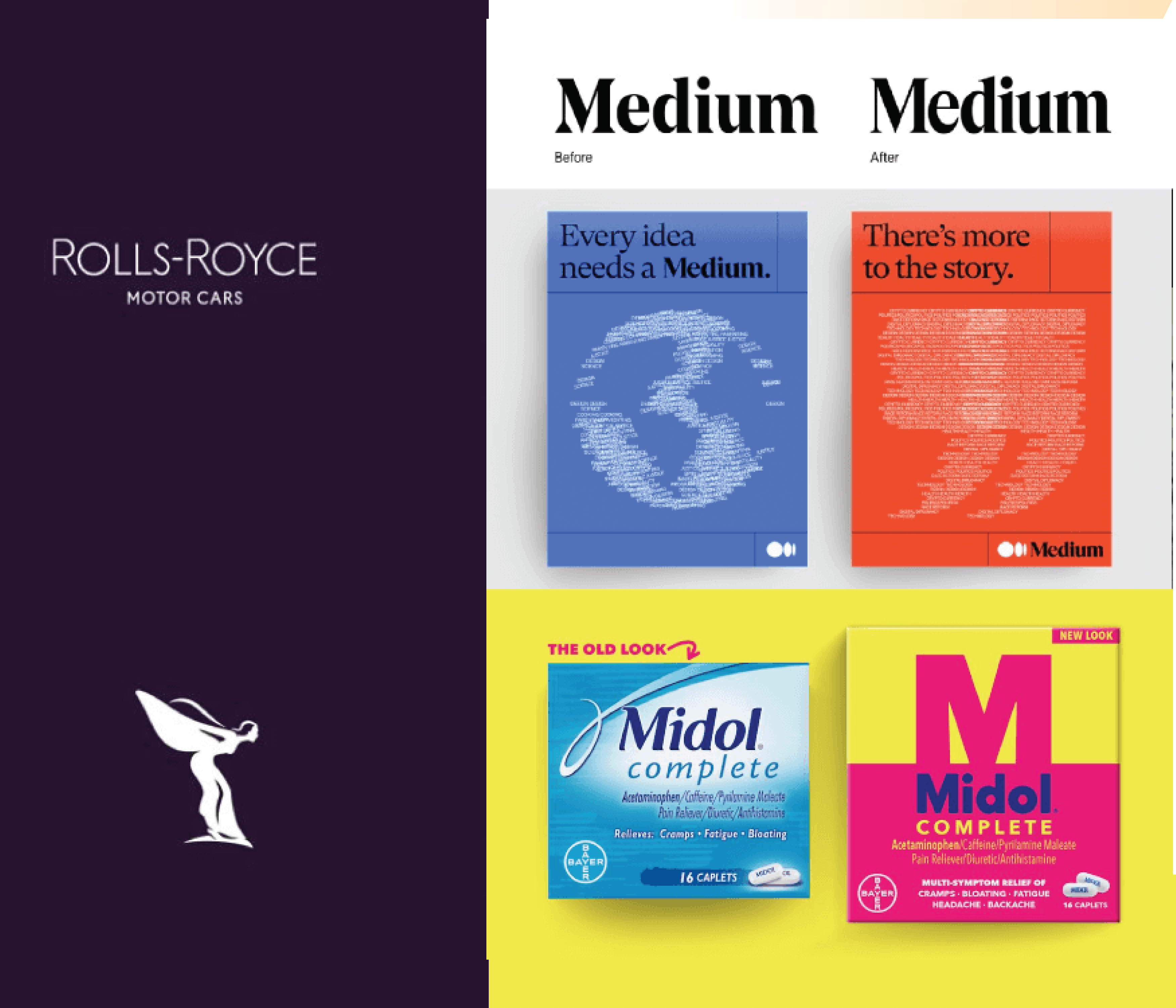People have less time (and patience) to consume information, so they need brands to communicate as efficiently as possible. Enter the explainer video. Whether you’re introducing a product or service, demonstrating how to do something, or welcoming someone to your site, an explainer video lets you quickly and easily explain who you are, what you do, and why people should choose you. They’re also something that any brand can create, no matter the industry, product, or service. In the right hands, an explainer video can transform into much more than an informational video. It can become a compelling piece of brand storytelling. Need proof? We have 50 explainer video examples that demonstrate exactly that.

50 Great Explainer Video Examples
Whether you go with a simple motion graphic or a high-production live-action video, there are many ways to create interesting explainers. Here, we’ve rounded up dozens of explainer video examples that showcase how versatile this medium can be. From food and finance to tech and personal care, we hope these videos inspire you to create a fresh and unique explainer video of your own.
1. “Why Mozilla” by Mozilla
2. “AI Translations Your Business Can Trust” by Unbabel
3. “NextGlass” by breadnbeyond
4. “Super Sync Sports” by No Mint
5. “Instagram Direct” by Delve
6. “Unwanted Tracking Is Not Cool” by BLACKMATH
7. “British Gas” by CHI & Partners
8. “Our Blades Are F***ing Great” by DollarShaveClub.com
9. “Stampsy Launch Video” by Twistedpoly // Nejc Polovsak
10. “Don’t Be A Pitch” by Vireo Films
11. “Dumb Ways To Die” by Passion Paris
12. “Shark Wrap” by Video Brewery
13. “Hummingbird” by Hummingbird
14. “Lettuce App” by Brandon Wall
15. “Introducing Whistle” by Manifold
16. “Poo-Pourri Second Hand Stink” by A76 Production
17. “LivePlan Explainer” by Palo Alto Software, Inc.
18. “One Is One…Or Is It?” by TED-Ed
19. “Affordable Health Care Act Explained” by TurboTax
20. “Skype for Business: Simplifying Communication in the Cloud” by Office Videos
21. “STFU” by Unbabel
22. “Web Standards for the Future” by W3C
23.” Text Me Up App” by Thinkmojo
24. “Visa Purchase Alerts” by Column Five
25. “The Happy Home Company” by Doug Ludlow
26. “Get Rewarded for Not Texting While Driving” by XL Team
27. “Just The Cream” by BriefMe
28. “Blackbaud: Essential by Impact” by Blackbaud
29. “Create Your Own Business” by Squarespace
30. “Meet Zendesk Chat” by Zendesk
31. “What is Ellevest?” by Ellevest
32. “The Value of Data Visualization” by Column Five
33. “Helping Blind See” by Be My Eyes
34. “Smart Mailbox” by Epipheo
35. “Salesforce Desk.com” by Oddfellows
36. “Visa Fingerprint Scanner Technology” by Column Five
37. “hey guy, we are hims. it’s easy.” by Hims
38. “Wondering how Thinx work?” by Thinx
39. “Intralogistics” by UPS
40. “Collect by WeTransfer” by WeTransfer
41. “Digit” by Giant Ant
42. “Meet the new Dropbox” by Dropbox
43. “How to Create an Animated GIF in Photoshop” by Adobe Creative Cloud
44. “The Explainer: The Case for More Silent Meetings” by Harvard Business Review
45. “BYOB Lumberjack Party” by Motion Authors
46. “Gusto: Payroll, Benefits & HR for the Modern, Busy Workplace” by Gusto
47. “Logitech Monitor Cloud Awareness” by Logitech
48. Invoice with Google Calendar by Column Five
49. “How Warby Parker Glasses Are Made” by Warby Parker
50. “How It Works” by Olio
How to Create Your Own Explainer Video
If you’re feeling inspired to bring your own explainer video to life, make sure to follow best practices at every stage of the process. Here are some resources you might find helpful.
- Learn about the keys to a strong explainer video. From visuals to voiceover, here are the 10 things your video will need.
- Make sure an explainer video is what you actually need. Here’s how to find out.
- Write a strong script. Use our guide to tell a strong story in your script.
- Choose your design style. Whether you do live-action video, motion graphics, or a mix of both, follow the best practices in the Content Marketers Guide to Brand Video.
- Make sure it’s the right length. Here’s how to figure out how long your explainer should be.
But if you don’t have the resources or time to tackle your next explainer video, bring in extra support. Check out our tips to choose the right video agency for you, or chat with us. We’re always happy to talk about any ideas you might have.







Thanks for sharing this I found your information helpful. your explanations were easy to follow, and I appreciated how you explained it was very informative and useful. keep the posts coming! very good talent.
Graphic Walkthrough Film Makers in Hyderabad
I want to make a recruiting video potentially and I am happy to have a chat about that.
Jim
Hey Jim, feel free to reach out here: https://www.columnfivemedia.com/contact/